BEFORE
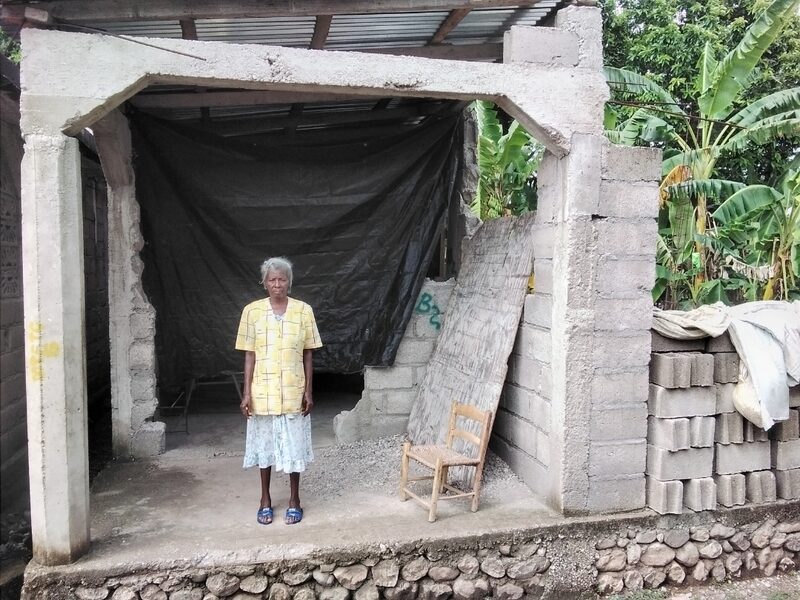
AFTER




Louise Foulkes
Caribbean Director and Engineering Program Manager

Build Change has been working in Haiti since 2010. Can you tell us more about what you’ve been doing and your impact to date
Build Change has been supporting families in Haiti to repair and rebuild their homes to withstand future earthquakes in a way that supports livelihoods and long-term economic recovery. As part of this, we work with builders and blockmakers to increase local capacity and improve the quality of construction materials available on the local market.
Over the past decade, Build Change has worked in the Port-au-Prince area, in Cap Haitien and Trou du Nord in the North, and in the Southern Peninsula following Hurricane Matthew. Since the 2021 earthquake we have concentrated our efforts in the Les Cayes region, in the south. The technical and financial assistance we’ve provided since 2010 has resulted in more than 135,000 safer people, over 27,000 safer buildings, and created over 10,000 temporary jobs.
BEFORE

AFTER

Sylviana pictured in July 2022 in front of her home that was severely damaged in the 2021 earthquake, and in January 2023 following technical and financial support from Build Change
What has been Build Change’s response following this latest earthquake in August 2021?
Build Change’s priority following the earthquake was the safety and well being of our staff and their families, as well as the status of our past programs in the area. We rapidly assembled a team to begin reconstruction and strengthening work on six houses belonging to former employees, and revisited schools we had assessed in 2016 to evaluate the level of damage.
We began to lay the groundwork for a larger program by coordinating with national and local government agencies, and connecting with blockmakers who had participated in past training programs. A key objective was to understand their capacity to provide quality concrete blocks for safe reconstruction in the region.
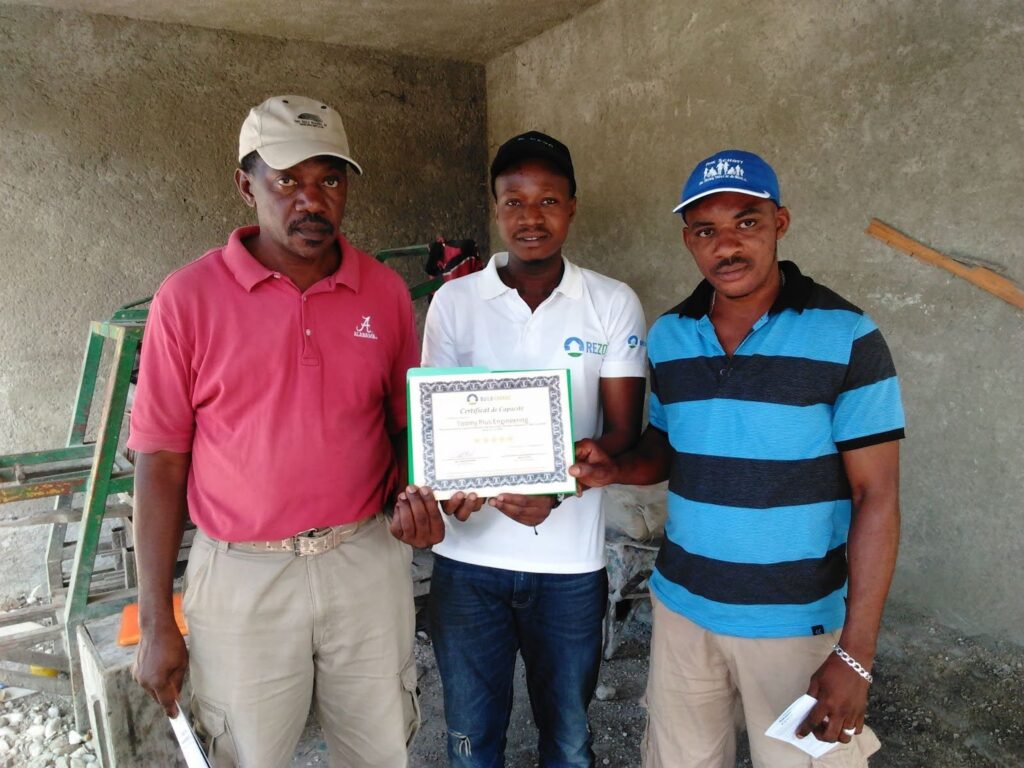
Over the last 18 months, our work has evolved to support homeowners to rebuild and strengthen their homes in Chantal, at the invitation of the Ministry of Public Works, Transport and Communication (MTPTC), the Unit of Housing Construction and Public Buildings (UCLBP) and the mayor. We are training local block factories in parallel to support production of high-quality blocks and economic recovery.
How has Build Change’s previous experience in Haiti supported this latest response?
Leveraging our past experience in Haiti allowed us to respond immediately—Build Change was one of the first organizations to start reconstruction following the 2021 earthquake, and is still one of the only organizations rebuilding permanent housing. While other organizations made significant efforts to evaluate and assess buildings, there has been very limited implementation beyond temporary tarps and tents.
This time around we simplified operations, work, and logistics and employed very few international staff members. We are currently utilizing the expertise and training of our Haitian staff, as well as tools that were already approved by the government.
Tell us more about how Build Change supports families to rebuild homes that will withstand future earthquakes.
Build Change provides direct support to families through a combination of technical and financial assistance using our homeowner-driven reconstruction model.
On the technical side, our engineers carry out assessments and offer homeowners prescriptive solutions to address the structural weaknesses of their home that are most commonly exploited by hurricanes and earthquakes. Financial assistance comes in the form of cash grants given to the homeowner, who is then responsible for purchasing construction materials and paying the builder. We support homeowners to engage a builder and provide them with construction guides, training, recommendations, and regular visits to ensure good quality construction—the cash transfers are conditional on construction quality and progress.
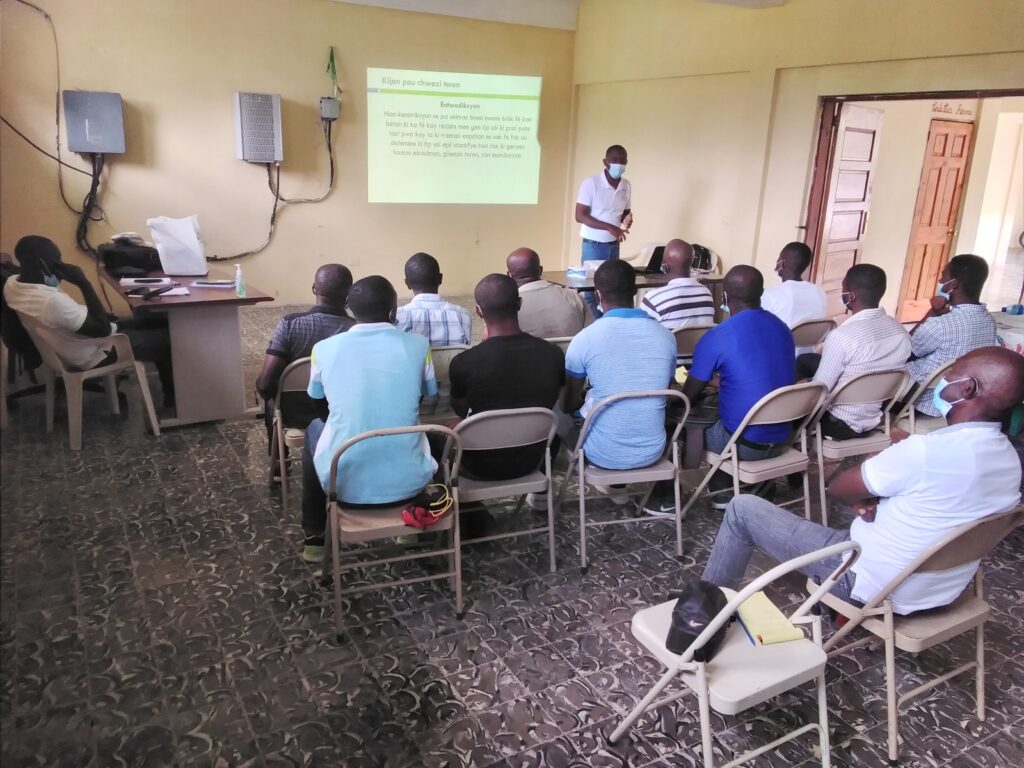
Can you speak to the challenges Build Change faces in Haiti that might not be the case elsewhere? For example, how is the current civil unrest and gang warfare in Port-au-Prince impacting your work?
A common barrier to resilient housing globally is the lack of enforcement of building regulations, and this is particularly apparent in Haiti, where coordination with the local building authority is challenging, and there is a complete lack of enforcement of laws relating to urban planning, construction permitting or material quality.
The ongoing socio-political and economic crisis and the worsening situation in Port-au-Prince presents a number of unique challenges that affect the whole country: the crisis significantly increases the vulnerability of homeowners, frequently leaving them unable to access credit for home improvements and without basic services such as electricity and water. In terms of our program, cost increases due to high inflation and gasoline shortages bring uncertainty to our budgets and raise operational and construction costs, while roadblocks and an absence of infrastructure complicate our logistics.
In spite of these constraints Build Change is making great progress delivering permanent housing solutions, by implementing with local staff and suppliers using our homeowner-led operating model. Unlike contractor-led programs, working directly with homeowners means our operations continue independently of national reconstruction strategies and are unaffected by political shifts and corruption.
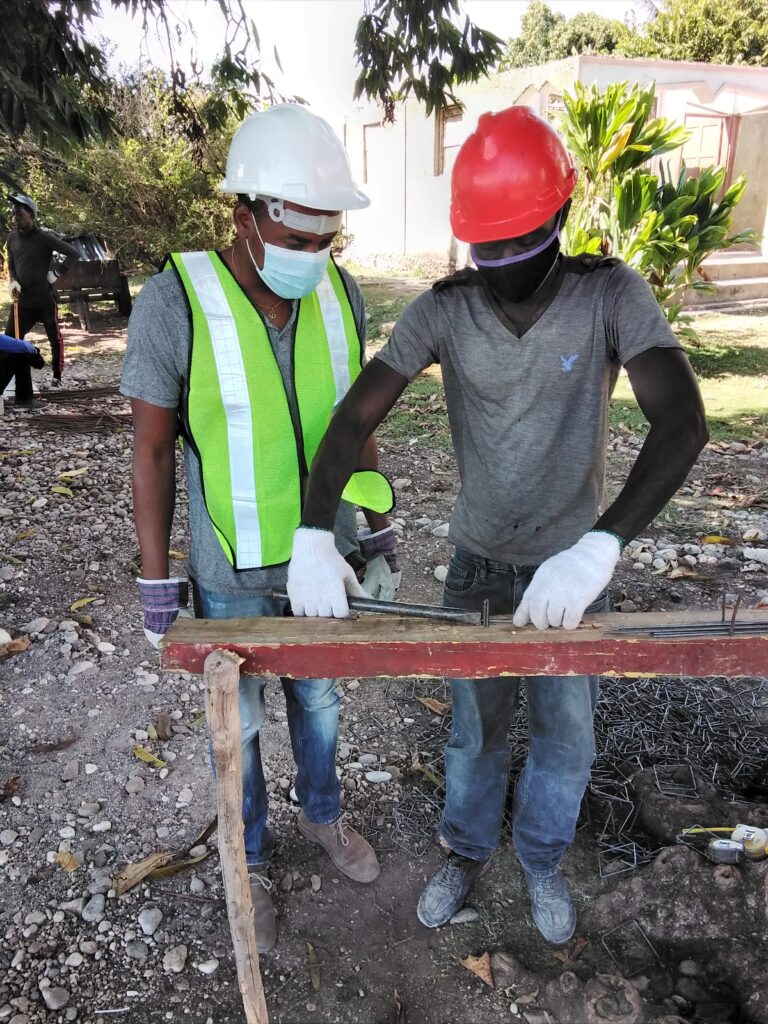
What do you predict for the future of Haiti, with regard to building hurricane and earthquake-resistant homes?
The need in Haiti is huge: close to 140,000 homes that were damaged in past earthquakes still need to be repaired or rebuilt, and thousands more undamaged homes need strengthening if they are to resist the next earthquake or cyclone.
What makes us hopeful is that Haitians understand the risks they face and there is widespread demand for safer, better housing.
Additionally, Build Change and our partners, as well as others, have already developed the technical tools and systems to improve the whole construction value chain—including materials production, designs for housing strengthening, and builder training to improve construction quality—for better housing supply. We’ve also already proven that homeowner-driven programs can be replicated at scale, and that their efficacy only increases in periods of political instability and socio-economic crisis. The main challenge will be whether Haiti can mobilize enough funds for the reconstruction. It’s been over a year since the event, other disasters have occurred, and the international response to this one has been fairly limited.
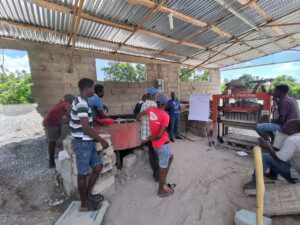
Join us in preventing housing loss caused by disasters.
Donate nowSign up for our newsletter to receive updates on our latest news, events, and more.